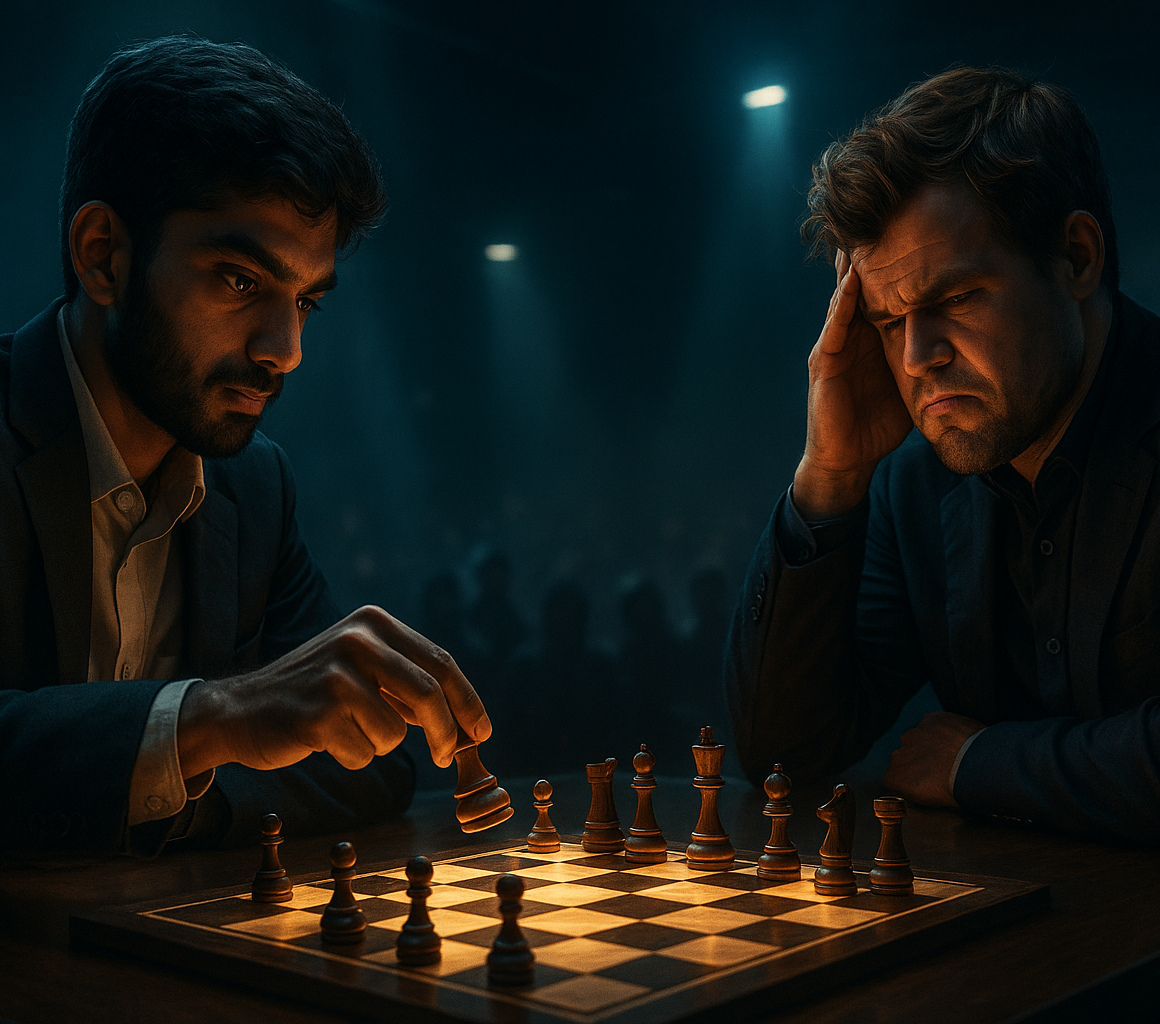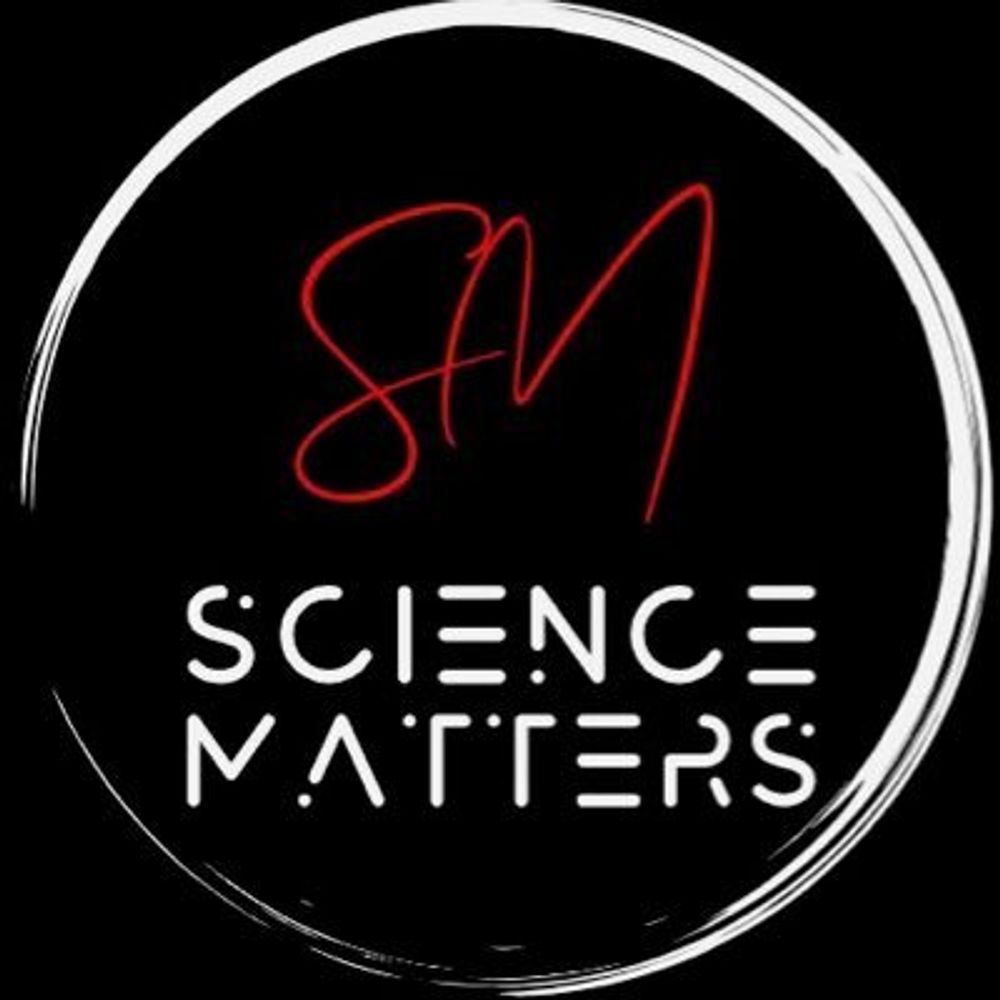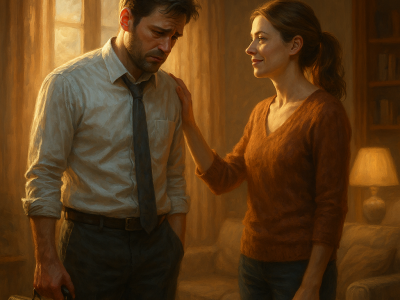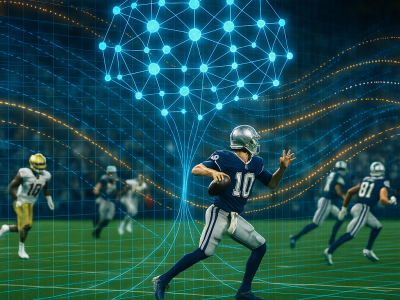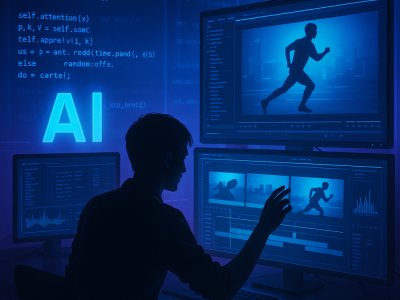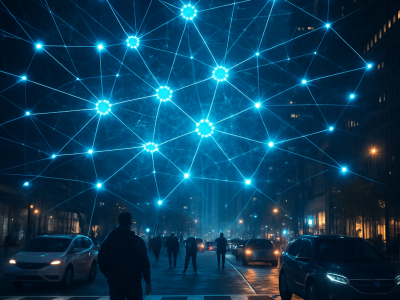It was a quiet Sunday in Stavanger. The wind outside whispered through the fjords, but inside the chess hall, a different kind of storm was brewing. Nineteen-year-old D. Gukesh stared across the board at Magnus Carlsen, a five-time world champion and Norway’s national hero. Within hours, Gukesh would achieve what no other teenager had done in classical chess: defeat Carlsen on his home turf and cement a moment that would ripple through the corridors of chess history.
But beyond the headlines lies a far richer story—of neuroscience, emotion, machine learning, and how our brains make decisions under extreme pressure. The chessboard became more than sixty-four squares; it became a battlefield of psychology and evolution.
Why this match matters
This wasn’t just a game of chess. It was a symbolic moment in the 1,500-year-old lineage of one of humanity’s most enduring games. Chess has survived wars, revolutions, and digital transformation. From its origins in India as chaturanga to its Cold War climax with Fischer and Spassky, the game has mirrored our world. And now, it reflects something new: the rise of the Global South in intellectual domains, a generational shift, and a realignment of intuition and calculation.
Gukesh’s win at the 2025 Norway Chess Tournament is not just a generational upset. It is a lens into how young minds, shaped by AI engines and rapid training protocols, challenge established traditions. It also comes at a time when Indian chess is surging, with prodigies like R Praggnanandhaa, Arjun Erigaisi, and Nihal Sarin entering the global stage.
From balanced to broken: the game that turned in seconds
The game began as expected, with Carlsen choosing the Berlin Defence in response to Gukesh’s 1.e4. The Berlin, once considered drawish and dry, has gained respect for its strategic depth. Gukesh steered the game into a rich middle game, playing with both caution and creative spark.
By move 33, the engine showed equality. But as Carlsen began to run low on time, everything changed. Move 34…Ke4 was the moment that tipped the balance. It was a puzzling king walk in a tense position. Gukesh responded precisely, converting the blunder into a technically flawless endgame sequence.
Stockfish, the neural network-powered engine used widely in elite chess, swung its evaluation from 0.00 to -3.21. For the uninitiated, that’s like a sudden collapse from equal footing to a guaranteed loss at the highest level.
The science of choking and pressure
Why did Carlsen, one of the greatest minds in chess, blunder so badly? The answer may lie in neuroscience. Studies from the University of Oxford suggest that under time pressure, the prefrontal cortex—the brain region responsible for strategic thinking—becomes overwhelmed, leading to errors in judgment. This phenomenon, known as “choking,” has been studied extensively in both athletes and financial traders.
As stress increases, working memory capacity decreases, limiting our ability to weigh options. This is particularly dangerous in chess, where each move can shift the entire landscape of the game. Carlsen, faced with a ticking clock and mounting tension, may have experienced a momentary lapse that even world champions aren’t immune to.
-Dr. Sian Beilock
Gukesh represents more than youthful energy. He embodies the neurological advantage of fluid intelligence—the ability to reason quickly and abstractly, which peaks in early adulthood. This contrasts with crystallised intelligence, which relies on accumulated knowledge.
Young players like Gukesh can process novel positions faster and adapt to unconventional scenarios. Their brains are more plastic, capable of forming new connections swiftly. A 2022 study from the University of California, Berkeley, showed that rapid learners demonstrate enhanced activity in the striatum, a brain region associated with habit formation and adaptive learning.
It’s no wonder that teenagers are dominating chess like never before.
Machine minds and algorithmic intuition
There’s another piece on the board: artificial intelligence. Since the rise of AlphaZero in 2017, chess preparation has been reshaped. AlphaZero, developed by DeepMind, shocked the world by beating Stockfish after training itself with no human input. Its play was intuitive, sacrificial, and often beautiful.
Players like Gukesh have grown up studying games by engines like Stockfish 16 and Leela Chess Zero. This generation doesn’t just calculate—they absorb. AI doesn’t replace human strategy; it has changed how intuition is formed. Gukesh’s ability to stay calm and find only moves in high-pressure positions may reflect this AI-era training. A recent paper from the University of Montreal found that exposure to AI-influenced decision-making significantly enhances anticipatory skills in young players, leading to better performance in complex, non-linear game environments.
The emotion behind the mask
When the game ended, Carlsen slammed the table—a rare display of emotion from a player known for ice-cold focus. But psychologists say it’s normal. Emotional regulation is a crucial aspect of elite performance. A lapse in this regulation is not weakness but an indicator of emotional investment.
Carlsen’s reaction echoes studies from Stanford University that explore emotional response in high-stakes competitions. Researchers found that emotional expression often follows perceived loss of control, especially when one’s identity is tied to the outcome. For Carlsen, losing to a teenager on home soil was more than just a scoreboard loss.
Gukesh, by contrast, remained stoic. His quiet dignity in victory reflects a deep mental discipline cultivated not just on the board, but through years of dealing with expectation, attention, and scrutiny.
A new legacy for Indian chess
India has long had a chess tradition, but Viswanathan Anand’s world championship era in the early 2000s laid the modern foundation. Now, a new wave is cresting. Gukesh’s win is historic not only for his age, but also for what it symbolises: the decentralisation of chess excellence.
No longer is elite chess limited to Europe or the former Soviet bloc. With advanced training tools, widespread internet access, and support systems in place, countries like India, China, and Uzbekistan are producing world-class players at unprecedented rates.


What this means for the future
The match has sparked debate: Is classical chess evolving or being overrun by engine prep? Are we witnessing the rise of an AI-native chess era? Can human creativity still surprise us?
For all the speculation, Gukesh vs Carlsen proved that raw human skill, shaped by tradition and sharpened by science, still delivers unmatched drama. And that even the sharpest minds can slip.
Chess isn’t just a sport or a game. It is a living lab of human cognition, a model for understanding decision-making, stress, and even AI-human collaboration.
By analysing games like this, scientists gain insight into how people think under pressure, how strategies evolve, and how young minds adapt. For the public, it’s a reminder that science isn’t locked in a lab; it lives in everyday spectacles of brilliance.
Final thoughts
Gukesh’s win was not just about checkmate. It was about showing the world what happens when preparation meets opportunity, when youthful neural agility meets timeless strategy. It was about breaking through not just defences, but expectations.
As we look ahead, one question remains: In a world increasingly shaped by AI and rapid change, will the next Gukesh be human, machine, or something in between?
Did this story change how you see the game? Subscribe to The Science Matters for more insights into how science intersects with the world around us—from the brain behind the board to the technology behind the headlines.
References
Beilock, S. L., & Carr, T. H. (2001). On the fragility of skilled performance: What governs choking under pressure?. Journal of Experimental Psychology: General, 130(4), 701–725. https://doi.org/10.1037/0096-3445.130.4.701
Bilalić, M., Langner, R., Ulrich, R., & Grodd, W. (2011). Many faces of expertise: Fusiform face area in chess experts and novices. Journal of Neuroscience, 31(28), 10206–10214. https://doi.org/10.1523/JNEUROSCI.5727-10.2011

